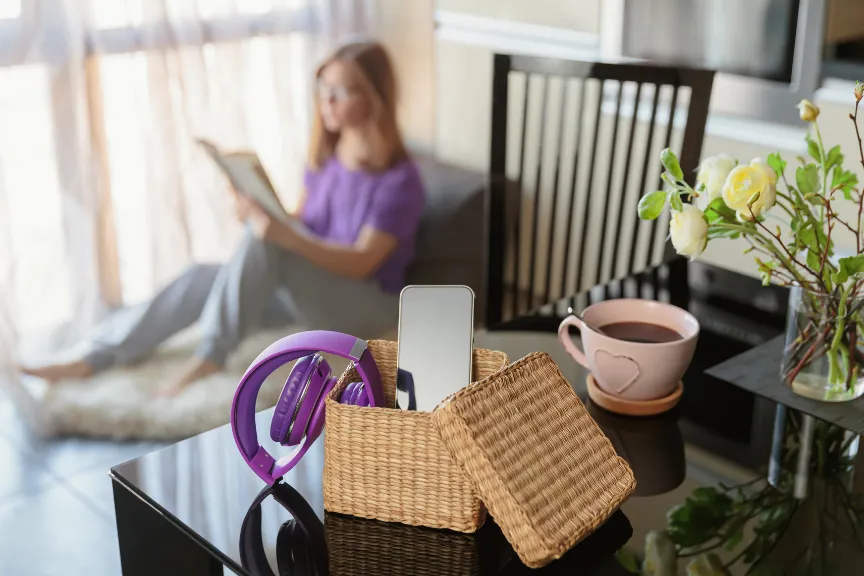
Embracing the Silence - Digital detox
Embracing the Silence: A Comprehensive Guide to Digital Detox
In an age where our lives are incessantly connected through smartphones, social media, and endless digital notifications, the concept of a digital detox has never been more relevant or necessary. This article explores what a digital detox entails, its myriad benefits, and practical steps on how to implement one into your lifestyle.
What is a Digital Detox?A digital detox refers to a period where an individual refrains from using digital devices like smartphones, computers, or social media platforms. This break isn't just about turning off your devices; it's about reconnecting with the real world, understanding your dependence on technology, and reclaiming your time.
Why Engage in a Digital Detox?The benefits of a digital detox are multifaceted:
Mental Well-being: Reducing screen time can decrease anxiety, depression, and stress levels. Continuous digital engagement can alter brain function, where constant stimulation might lead to a dependency on digital feedback for dopamine hits.
Improved Focus and Productivity: Without the incessant pings and notifications, your concentration improves, allowing for deeper work or relaxation.
Better Sleep: Exposure to blue light from screens can disrupt melatonin production, affecting sleep quality. A detox helps restore natural sleep cycles.
Enhanced Relationships: Real-world interactions become more meaningful, reducing the superficial connections often found online.
Physical Health: Less screen time might lead to more physical activity, reducing the health risks associated with a sedentary lifestyle.
How to Start Your Digital Detox:
Set Clear Boundaries: Define what a detox means for you. Is it all digital devices, or just social media? Decide if you're going for a full detox or a partial one.
Plan Your Time: Schedule your detox. Whether it's a day, a weekend, or longer, having a plan makes it easier to commit.
Inform Others: Let friends, family, and colleagues know about your detox to manage expectations about your availability.
Find Alternatives: Replace screen time with activities like reading, nature walks, meditation, or engaging in hobbies. This isn't just about what you stop doing but what you start.
Create a Tech-Free Zone: Designate a space or time where no digital devices are allowed, like the dinner table or after a certain evening hour.
Digital Tools for Detox: Ironically, some apps can help limit screen time or block certain websites during your detox period.
Challenges and Tips:
Withdrawal Symptoms: Expect to feel anxious or restless initially. This is normal as you're adapting to less digital stimulation.
Stay Accountable: Use a journal to note your feelings or progress. Sharing your detox goal with someone might also keep you accountable.
Gradual Reduction: If a complete detox seems daunting, start by reducing your digital activities in stages.
Re-evaluation Post-Detox: After your detox, reassess how you feel. This might prompt longer-term changes in your digital consumption habits.
Conclusion:
A digital detox isn't just a trend but a necessary practice in our tech-saturated lives. It's about regaining control, finding peace, and often, discovering new passions or reconnecting with old ones that were overshadowed by digital noise. Whether you're looking to boost productivity, improve health, or simply find a moment's peace, a digital detox might just be the path to a more balanced, present, and fulfilled life. Embrace the silence, let your mind wander in the real world, and see where your unplugged journey takes you.
